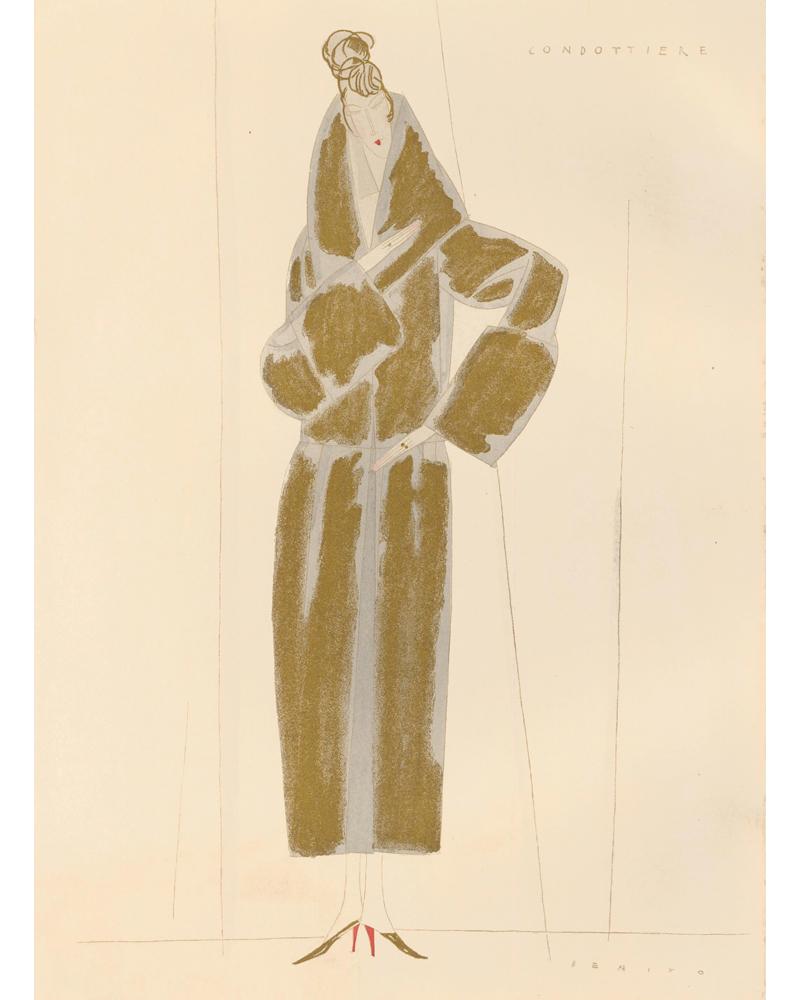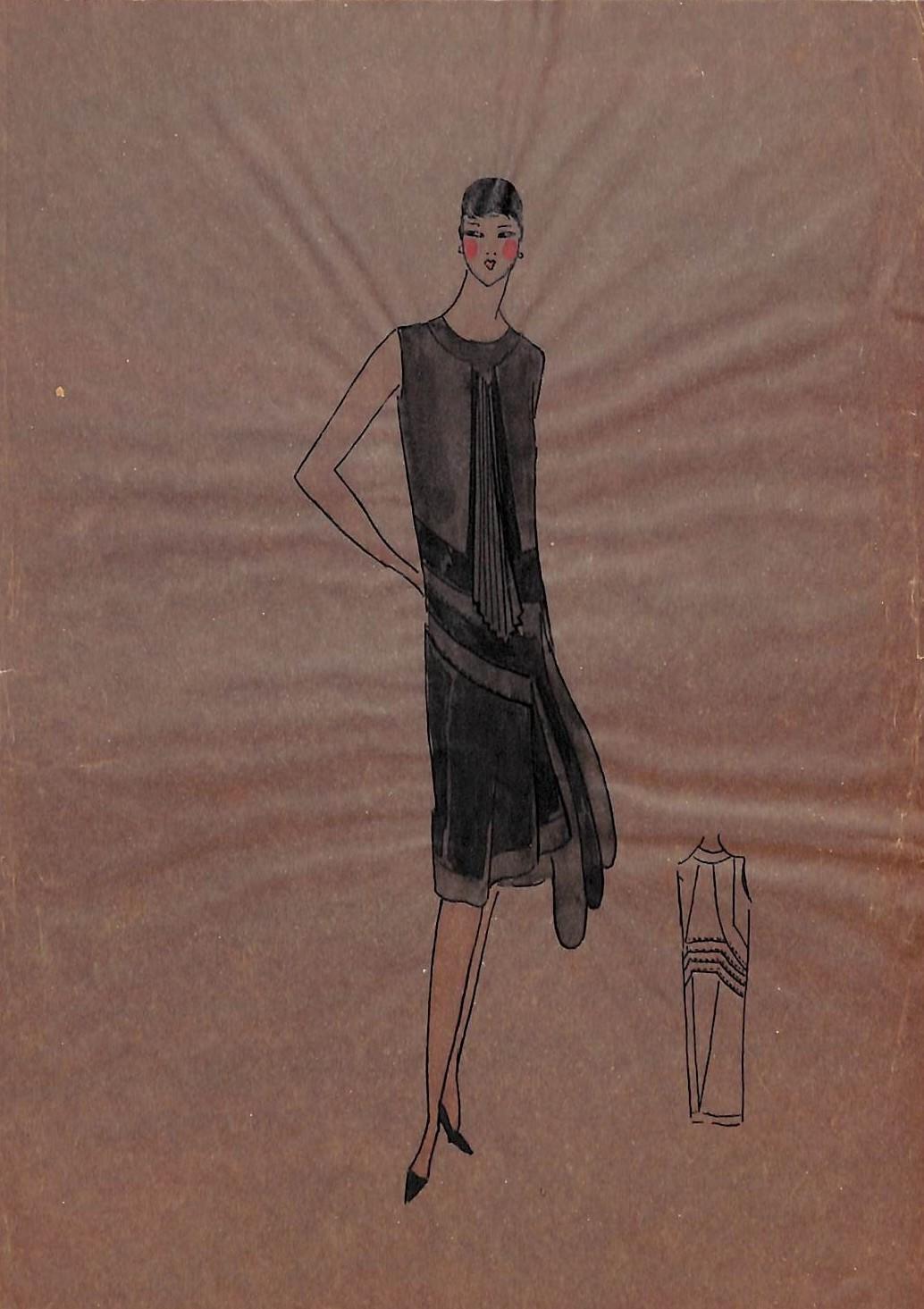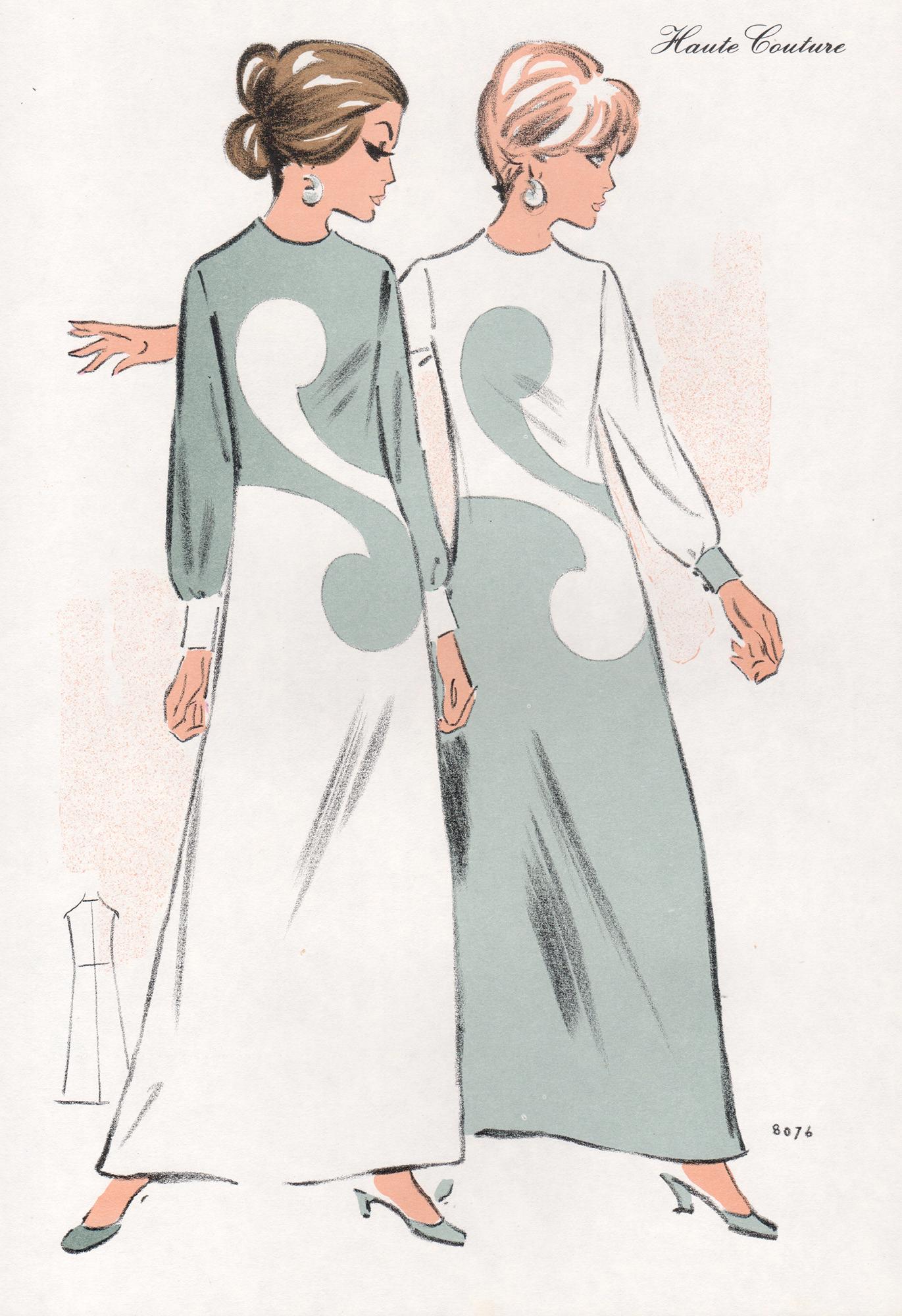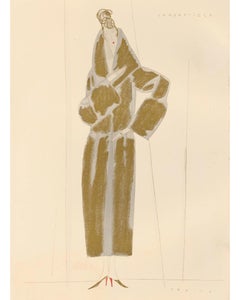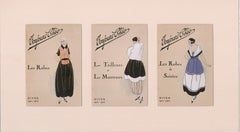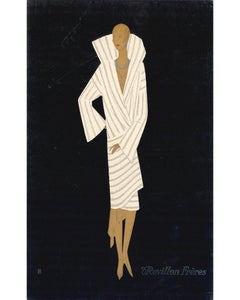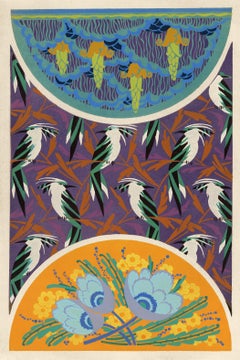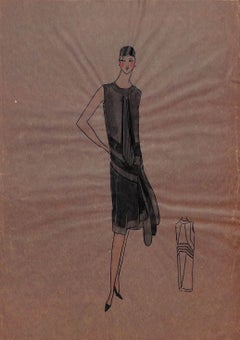Items Similar to Pair of Benito Fashion Prints with Gold Details
Want more images or videos?
Request additional images or videos from the seller
1 of 7
Edouard Garcia BenitoPair of Benito Fashion Prints with Gold Details1920
1920
$1,500
£1,145.04
€1,316.30
CA$2,110.77
A$2,347.26
CHF 1,232.83
MX$28,697.63
NOK 15,362.28
SEK 14,482.48
DKK 9,823.85
About the Item
"Boabdil" and "Princesse Loitaine" from "La Derniere Lettre Persane."
Paris, Librairie Centrale des Beaux-Arts, 1920.
Original pochoir prints with gold paint.
- Creator:Edouard Garcia Benito (1891 - 1981, Spanish)
- Creation Year:1920
- Dimensions:Height: 14 in (35.56 cm)Width: 10 in (25.4 cm)
- Medium:
- Period:
- Condition:
- Gallery Location:New York, NY
- Reference Number:Seller: 171585 and 1715861stDibs: LU438311933172
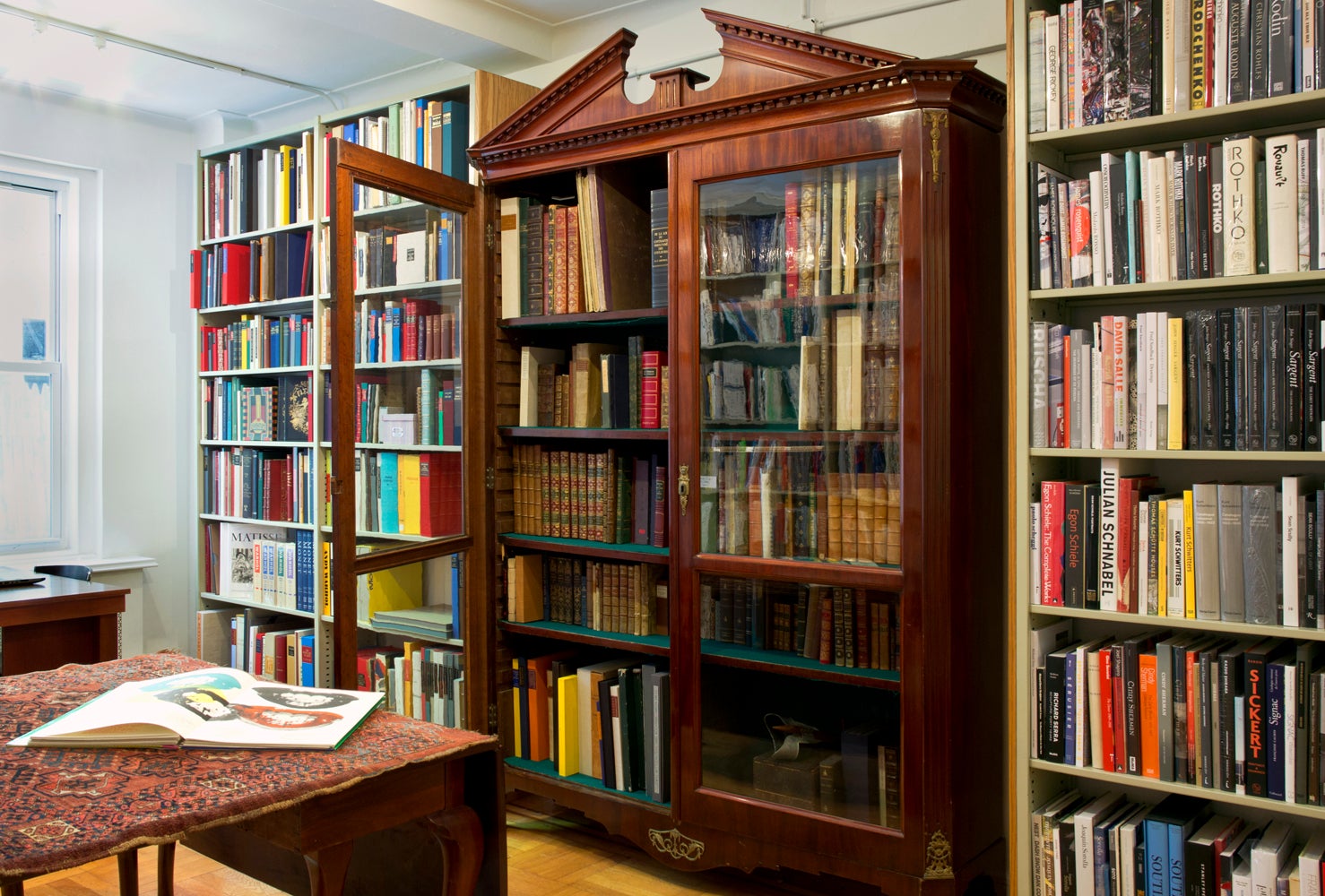
About the Seller
4.9
Recognized Seller
These prestigious sellers are industry leaders and represent the highest echelon for item quality and design.
Gold Seller
Premium sellers maintaining a 4.3+ rating and 24-hour response times
Established in 1972
1stDibs seller since 2016
187 sales on 1stDibs
Typical response time: <1 hour
Associations
International Fine Print Dealers Association
- ShippingRetrieving quote...Shipping from: New York, NY
- Return Policy
Authenticity Guarantee
In the unlikely event there’s an issue with an item’s authenticity, contact us within 1 year for a full refund. DetailsMoney-Back Guarantee
If your item is not as described, is damaged in transit, or does not arrive, contact us within 7 days for a full refund. Details24-Hour Cancellation
You have a 24-hour grace period in which to reconsider your purchase, with no questions asked.Vetted Professional Sellers
Our world-class sellers must adhere to strict standards for service and quality, maintaining the integrity of our listings.Price-Match Guarantee
If you find that a seller listed the same item for a lower price elsewhere, we’ll match it.Trusted Global Delivery
Our best-in-class carrier network provides specialized shipping options worldwide, including custom delivery.More From This Seller
View All"Condottiere: Gold Fashion Illustration
By Edouard Garcia Benito
Located in New York, NY
Benito, Eduardo Garcia.
La Derniere Lettre Persane.
This plate: Condottiere.
Paris, Librairie Centrale des Beaux-Arts, 1920.
Original pochoir print.
Category
1920s Prints and Multiples
Materials
Paper
$900 Sale Price
25% Off
Toujours Chic Tryptic.
Located in New York, NY
Set of 3 covers to the French fashion journal, "Toujours Chic" illustrated by Germaine Joumard who also sometimes signed her pieces "ZouZou." The three issues are: Les Robes de Soirees...
Category
1920s Figurative Prints
Materials
Paper
Gold Woman Wearing White Fur Coat
By Reynaldo Luza
Located in New York, NY
Luza, Reynaldo.
Trade Catalogue.
This plate: Woman in gold wearing white, striped fur coat with large collar, on black background.
Paris, Draeger for Revi...
Category
1920s Prints and Multiples
Materials
Paper
Plate 7 from "Formes et Couleurs"
Located in New York, NY
Plate 7 from "Formes et couleurs; vingt planches en couleurs contenant soixante-sept motifs décoratifs" by Auguste H. Thomas. Paris: A. Levy, Librarie Centrale des Beaux-Arts, circa ...
Category
1930s Animal Prints
Materials
Paper
Revillon Freres: Woman in a Draped Fur Coat
By Reynaldo Luza
Located in New York, NY
Original lithograph, produced as part of a portfolio of images by Reynaldo Luza for the Parisian fur house, Revillon Freres. Paris, Draeger for Revillo...
Category
1920s Figurative Prints
Materials
Paper
Lady in a Fur Cloak.
Located in New York, NY
Original pochoir process print (hand-colored stencil). Paris, ca. 1925. Displayed in a custom silver giltwood frame.
Category
1920s Figurative Prints
Materials
Paper
You May Also Like
Lanvin of Paris c1920s Original Fashion Illustration in Gouache
Located in Bristol, CT
9 3/4"H x 6 3/4"W
Category
1920s Drawings and Watercolor Paintings
Materials
Gouache
Lanvin of Paris c1920s Original Fashion Illustration in Gouache
Located in Bristol, CT
9 3/4"H x 6 3/4"W
Category
1920s Drawings and Watercolor Paintings
Materials
Gouache
Lanvin of Paris c1920s Original Fashion Illustration in Gouache
Located in Bristol, CT
9 3/4"H x 6 3/4"W
Category
1920s Drawings and Watercolor Paintings
Materials
Gouache
Lanvin of Paris c1920s Original Fashion Illustration in Gouache
Located in Bristol, CT
9 3/4"H x 6 3/4"W
Category
1920s Drawings and Watercolor Paintings
Materials
Gouache
French Mid-Century 1970s Fashion Design Vintage Lithograph Print
Located in Melbourne, Victoria
Original colour lithograph of a French fashion design from 'Haute Couture'. Published in a folio of designs for Summer 1971.
32cm by 22cm (sheet)
Category
1970s Post-War Figurative Prints
Materials
Lithograph
Lanvin of Paris c1920s Original Fashion Illustration in Gouache
Located in Bristol, CT
9 3/4"H x 6 3/4"W
Category
1920s Drawings and Watercolor Paintings
Materials
Gouache
